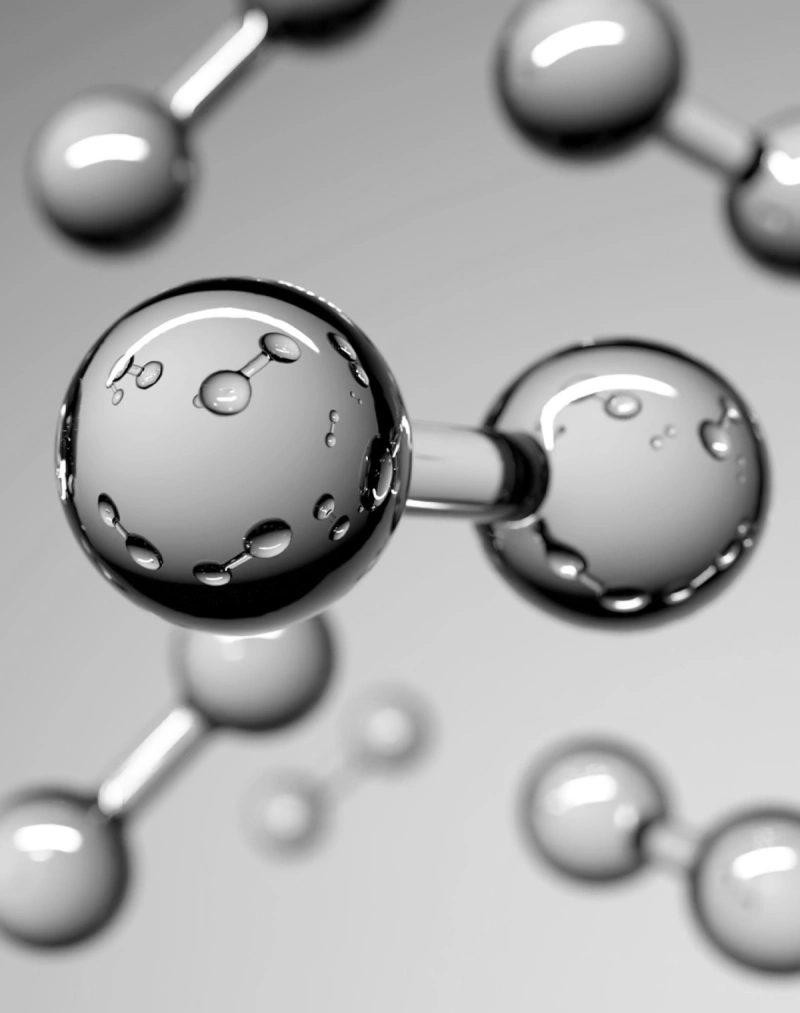The state of the transition
A Foreword
by Bill Gates
For me, 2023 was a year of climate dissonance.
On one hand, every week seemed to bring another once-in-a-century natural disaster — fires in Greece and Maui, deadly heat waves in India, a drought in Kenya, the sky turning orange in New York — and still, the world pumped more greenhouse gases (GHGs) into the atmosphere than in any year prior.
On the other hand, the year left me feeling more hopeful than at any point in my two decades of working to confront climate change.
Why? One word: Innovation.
When I founded Breakthrough Energy in 2015, very few people seemed to be talking about how R&D might address the changing climate.
Instead, the world had coalesced around two strategies for reducing GHG emissions. The first was just asking everyone to do less. Build less. Fly less. Drive less. Buy less. Not being wasteful is very important, but getting the entire world to pull back on the realities of modern life is not an effective or fair strategy to address climate change. This is especially true for those who don’t have enough to begin with — as they often have done the least to contribute to the climate crisis and are struggling to increase basic living standards for their families and communities.
The second strategy was to rely on the limited number of clean electricity technologies we had back then, like wind turbines and solar panels. But electricity only accounts for about a quarter of all GHG emissions. The rest come from factories smelting coal to make steel, farmers laying fertilizer to grow crops, and thousands of other daily activities. Why, I wondered, weren’t more people developing new technologies to solve these problems?
Eight years later, I am no longer asking that question. The climate innovation landscape has changed completely. It’s not an exaggeration to say that we’re in the beginning stages of a Clean Industrial Revolution.
Five activities in the global economy — building things, growing food, transportation, generating electricity, and keeping buildings warm and cool — account for 100% of GHG emissions, and in every single one there are new startups developing technologies to decarbonize them.

I call these the “five grand challenges,” and if I were issuing an innovation report card, each would receive an A or B for the pace and promise of the R&D. In fact, if there weren’t so many sources of emissions — if there were, say, one or two grand challenges, instead of five — we’d be on track to achieve a net-zero world in the next decade or two.
Unfortunately, climate change is a bigger and more complex problem than most people imagine — and the problem is still growing faster than our ability to solve it. We need to find new ways to accelerate our efforts — fast-forward buttons for decarbonization.
The following report is a 2023 snapshot of this race to get emissions to zero; a snapshot as seen through the lens of the investors, technologists, policy experts, and innovators at Breakthrough Energy — which means innovation is placed squarely in the foreground .
In many cases, this document provides an update on ideas, technologies, and policies profiled in my 2021 book, How to Avoid a Climate Disaster. All are worthy of more investment and attention, but there are three that we’re talking more and more about at Breakthrough Energy: hydrogen, carbon removal, and the electricity grid.
I wanted you to read about these three technologies first because they could be those decarbonization fast-forward buttons. They can help us abate emissions across many of the grand challenges — and maybe all of them.

Illustration of hydrogen molecules
Hydrogen
1There are no silver bullets for climate change, but hydrogen comes close.
The most plentiful element in the universe is pure reactive chemical energy, which means it can replace fossil fuels almost everywhere they’re used, from an airplane’s fuel tank to many industrial processes. (For this reason, you’ll see hydrogen pop up throughout the report.)
Many startups have made great strides in producing hydrogen, often through a process called electrolysis. The challenge is less about whether we can supply hydrogen — and more about whether there’s demand for it.
In theory, hydrogen can play a key role in decarbonizing many sectors of the global economy, especially through seasonal energy storage. To make sure we don’t go dark when the sun isn’t shining or the wind isn’t blowing, electricity can be converted into hydrogen, stored for months, and then converted back to electricity when it’s needed.
The problem is these markets for hydrogen haven’t developed quickly enough.

Rockefeller-era oil site
Carbon Removal
2Even if humanity stopped emitting carbon dioxide (CO2) tomorrow,
climate change wouldn’t be solved
because there’d still be a century’s worth of GHGs trapped in our atmosphere. The oil drilled by John D. Rockefeller and the fuel burned by World War II bombers is long gone, but the CO2 they emitted is still here — in the air around us, keeping our planet warm.
Getting rid of these historic emissions is crucial to addressing climate change, and one way is what experts call, nature-based carbon removal — planting trees, preventing deforestation, managing soil and croplands more efficiently. But nature-based removal doesn’t cover nearly enough emissions to be a panacea, and it’s notoriously hard to measure.
On the other hand, engineered carbon removal, which includes direct air capture, offers much clearer markers of progress, but it’s also prohibitively expensive for most of the world, making it nearly impossible to scale.
A hybrid model may be the most promising and cost-effective solution to come along yet.
It’s important to understand that carbon removal is not an excuse to keep emitting, or to slow down our transition to a clean energy economy — we need to keep innovating as fast as we can. But it’s become clear that carbon removal will be a necessary tool to have in our toolkit.
Still, the whole carbon management industry is very nascent, with technologies that are expensive at best (and ineffective at worst). Investors, innovators, and governments are going to have to keep exploring this field, knowing that they may hit some dead ends. Carbon removal is that important to our future.

Electricity transmission towers
Electricity Transmission
3A core component of the world’s net-zero strategy is "electrifying everything":
replacing gas-powered vehicles with battery-powered ones, for example, then charging those car batteries up with clean electricity. The first step of this process is producing lots of clean electricity, and the world has made significant progress, deploying 280 gigawatts of it last year alone — about 23 times the electricity consumption of New York City. It’s the second step — transmitting that electricity everywhere — where we’re stumbling.
In much of the world, power grids are either unbuilt or woefully obsolete, a problem that limits the impact every new wind turbine, solar farm, or nuclear plant can have. The Inflation Reduction Act (IRA), recently passed in the United States, is projected to cut emissions by roughly a billion tons — so long as there’s a functioning grid. If not, the IRA may only achieve 20% of that projection.
In every country, we need to build new, smarter grids — interstate highway systems for power — that can reliably bring high-voltage power from new, net-zero sources to people everywhere.
What's next?
A harder, more practical exam
In many ways, electricity transmission foreshadows the next phase in the fight for our climate. New technology can definitely help improve our power grid. Engineers can invent more advanced power lines that transmit more energy. But really, transmission is a scale problem — not an innovation problem:
Even if you invent new power lines, how do you get the permits to build them?
Will governments make it easier to send electricity across borders?
Questions like this will increasingly determine how bad things will get.
Climate innovators should be given a stellar grade for their work in the lab, but in future years, we’ll all face a much harder practical exam — getting those innovations out into the real world.”
Bill Gates
Founder
Breakthrough Energy
